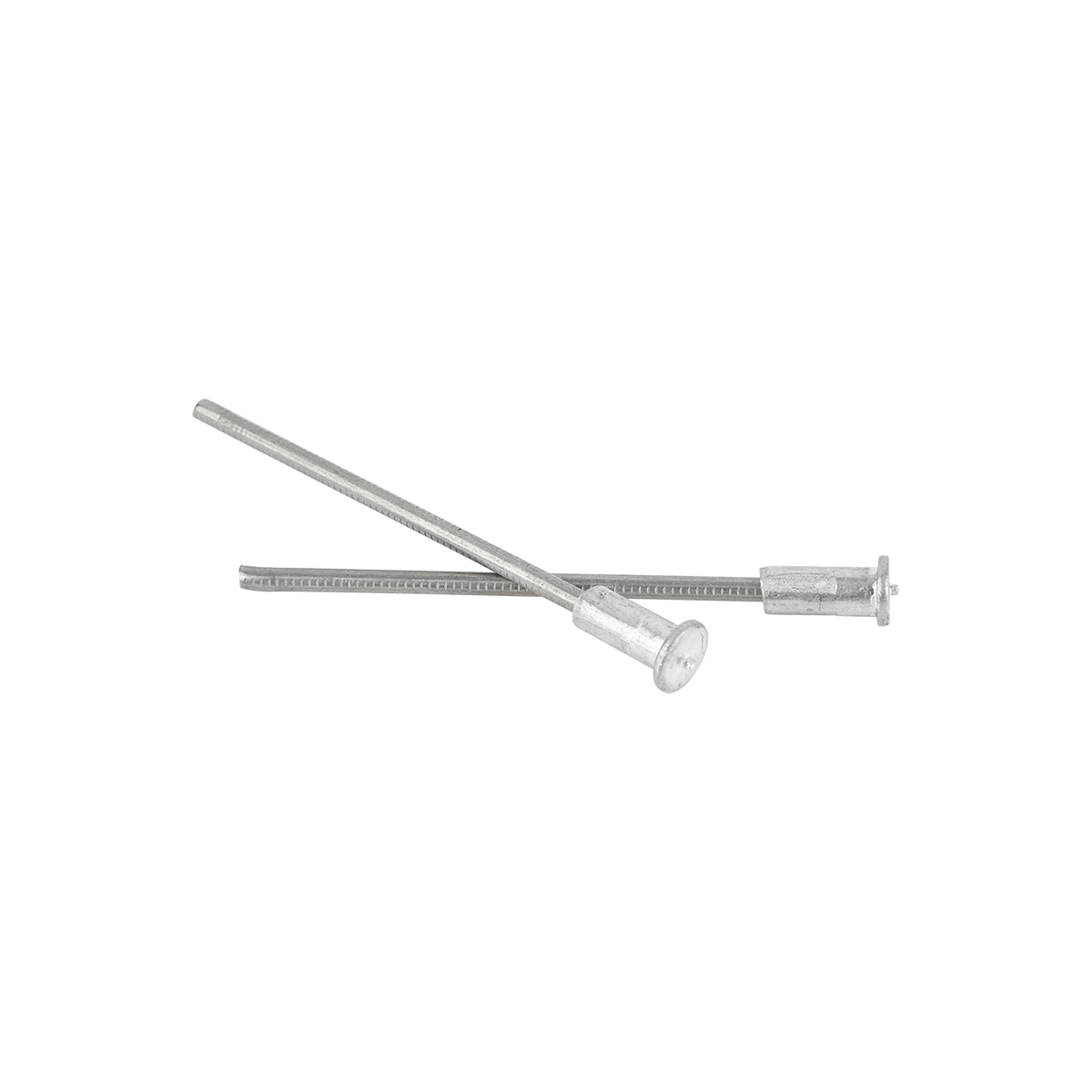The Market Development Trend of Insulation Pins
Author: admin Date: 2024-08-16 15:56:55 Category: INDUSTRY NEWS
The market for insulation pins is experiencing significant growth and transformation, driven by various factors. One of the key trends is the increasing demand for energy-efficient solutions in buildings and industrial facilities. As energy conservation becomes a top priority, the need for high-quality insulation materials and accessories like insulation pins is on the rise. This is leading to advancements in the design and performance of insulation pins to provide better insulation effectiveness.
The construction industry's focus on sustainable and green building practices is also influencing the market for insulation pins. Builders and architects are looking for eco-friendly insulation options, and insulation pins that are made from recyclable or sustainable materials are gaining popularity. This trend is likely to continue as environmental regulations become more stringent and consumers are more environmentally conscious.

Another trend is the development of insulation pins with enhanced durability and resistance to harsh conditions. With the expansion of industrial applications and the need for insulation in challenging environments, such as high-temperature or chemically aggressive settings, insulation pins that can withstand these extremes are in high demand. Manufacturers are investing in research and development to create pins that offer long-term performance and reliability.
The rise of smart building technologies is also having an impact. Insulation pins that can be integrated with sensors or monitoring systems to provide real-time data on insulation performance and integrity are emerging. This allows for proactive maintenance and optimization of the insulation system, improving energy efficiency and reducing operational costs.
For example, in commercial buildings, the use of smart insulation pins can help facility managers identify areas of heat loss or insulation degradation and take prompt corrective actions.
The globalization of the market is another important trend. As international trade expands and construction standards become more uniform across different regions, the demand for standardized and high-quality insulation pins is increasing. This is driving companies to expand their production capabilities and distribution networks to meet the global demand.
In conclusion, the market for insulation pins is evolving rapidly, driven by energy efficiency, sustainability, durability, and technological advancements. Companies that can adapt to these trends and offer innovative products are likely to thrive in this competitive market.